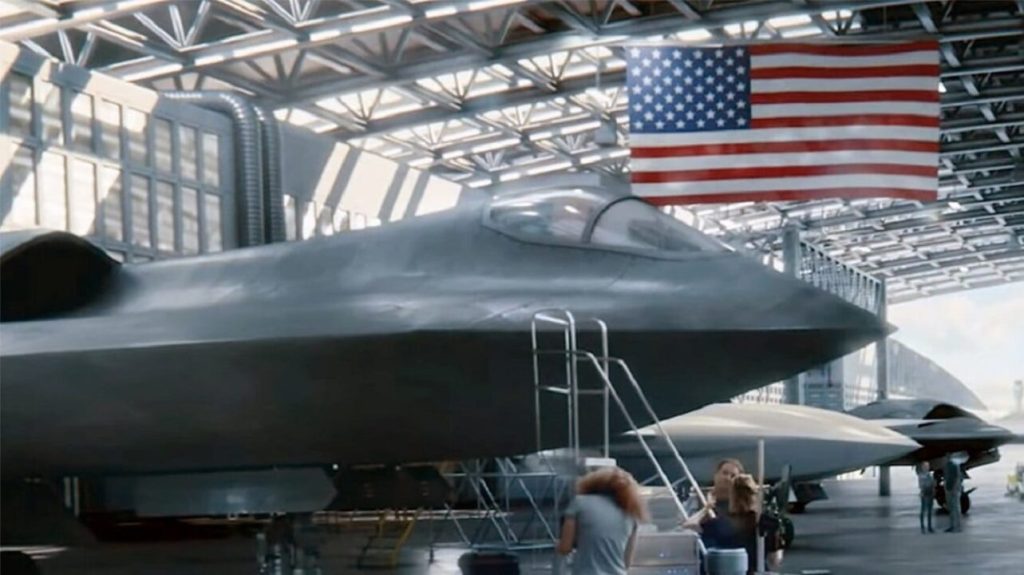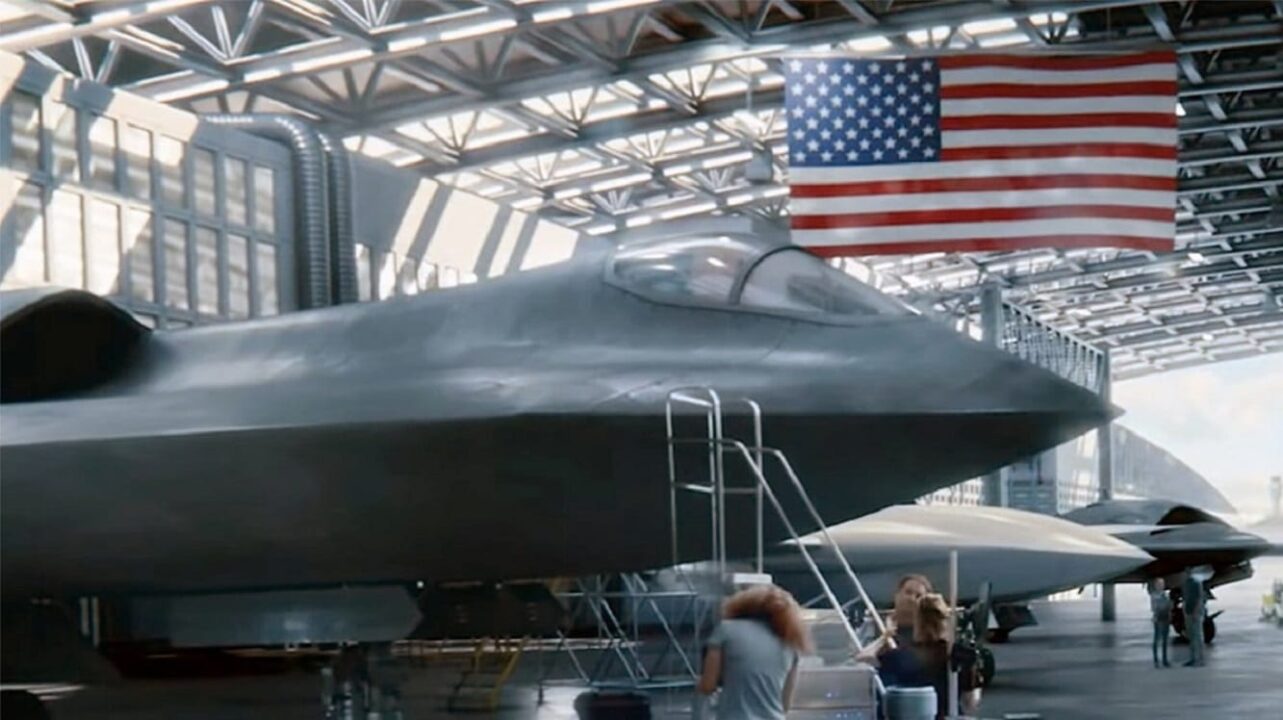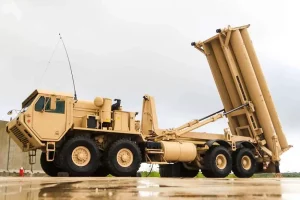The US Air Force’s NGAD program aims to develop a new stealthy 6th-generation fighter to compete with Russia and China in the skies.

NGAD artist concept from Northrop Grumman.
If the Next Generation Air Dominance project continues progressing as expected, the United States Air Force may get its first sixth-generation fighter jets by the decade’s end (NGAD).
Lockheed Martin, the industry leader, and the Air Force have teamed up on a program called Next Generation Air Defense (NGAD) to develop and field the successor to the F-35 Lightning II stealth fighter plane.
Yet, the NGAD project is broader than just one plane. The NGAD program is creating various crewed and crewless capabilities that will all be related and work together.
A sixth-generation manned fighter jet and a crewless aerial vehicle are part of the NGAD program.
As part of its marketing for the LMXT tanker, which will supply fuel for the Air Force’s future fleet, Lockheed Martin revealed the new concept art of the Next Generation Air Defense (NGAD) fighter jet in October.
The Air Force and Lockheed Martin have published conceptual artwork showing how futuristic the NGAD would look. The depiction depicts a delta-shaped aircraft similar to those seen in science fiction films, rather than the current planes and helicopters.
The price tag of the NGAD fighter jet is projected to be high, with current estimates placing the price per plane at $200 million.
Even if a new generation of fighter jets enters service, the Air Force may order fewer than usual. Over 1,500 F-35 Lightning II fighter planes of various variants are expected to be purchased by the United States armed forces. However, it is likely to buy a significantly lesser number of NGAD fighter jets than it did of F-35s because the sixth-generation aircraft is planned to remain in service for a considerably shorter period than the F-35, which is presently expected to fly until 2070. The Air Force is adopting a new paradigm of development and procurement with the NGAD program, favoring a shorter gap between new aircraft to facilitate the adoption of new technology much more rapidly.
Frank Kendall (Secretary of the Air Force) announced in the summer that the NGAD program had entered the next development phase and that the aim is to have an operational capability by 2030. Kendal claims the NGAD program is now at the Engineering, Manufacturing, and Development (EMDEMD) phase, the last step before actual manufacturing.
Compared to other aircraft programs, if Kendall is right and the program keeps moving at this rate, engineering, and procurement will be an extraordinary accomplishment.
For instance, the EMDEMD phase of the F-35 Joint Strike Fighter program began in October 2001, but the fifth-generation fighter jet didn’t reach initial operational capability until 2015. It is according to Sandboxx News. It has taken 14 years for just one of the three variants of the F-35 to enter service; the F-35B is the fighter jet’s short-takeoff and vertical landing variant. While the conventional takeoff F-35A version of the stealth fighter jet reached initial operational capability in 2016, the aircraft carrier-capable F-35C version didn’t catch that milestone until 2019.
Typically, aircraft require seven years from the end of the engineering, manufacturing, and development (EMDEMD) phase to reach initial operating capability, but the F-35 is an aberration.






